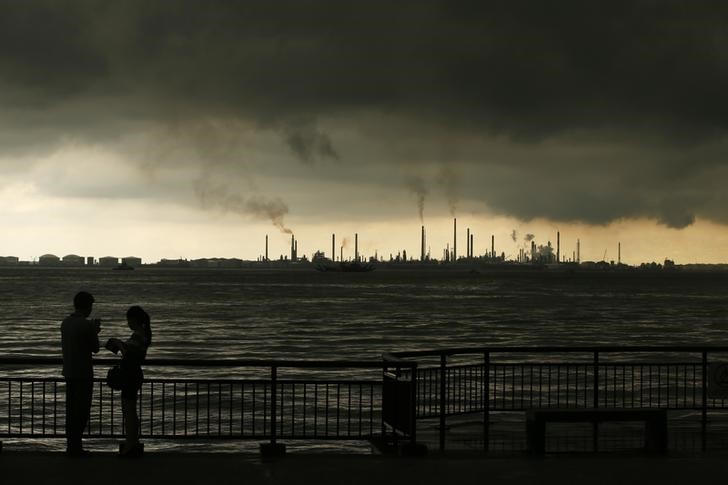By Gina Lee
Investing.com – Oil was down on Tuesday morning in Asia, continuing a downward trend as a new COVID-19 strain saw countries impose fresh lockdowns and limited travel, in turn prompting fresh fuel demand concerns.
Brent oil futures edged down 0.14% to $50.78 by 8:47 PM ET (1:47 AM GMT) and WTI futures fell 0.33% to $47.81.
Both Brent and WTI futures fell more than 3% on Monday as countries reacted to news of the new COVID-19 strain. The U.K. has already imposed a full lockdown in London and the south-eastern part of the country. Many countries, including Canada and Hong Kong, have suspended travel to the U.K.
The strain has already been reported in Italian patients and New York Governor Andrew Cuomo believes the new strain is already circulating in New York. This could lead to further movement restrictions and deal a huge blow to global fuel consumption.
“Oil is being driven by negative sentiment and fundamentals. New severe restrictions could impact mobility of people and goods between the U.K. and Europe,” BNP Paribas (OTC:BNPQY) SA head of commodity markets strategy Harry Tchilinguirian told Bloomberg.
Although crude in New York has rallied more than 30% since early November thanks in part to positive vaccine developments, the possibility of further stay-at-home measures have seen headline prices fall and weakened the forward curve in a sign of oversupply.
“There is uncertainty around petroleum demand due to a resurgence of the virus.” But at the same time, the market “was overbought last week from the euphoria with the vaccine distribution,” Tradition Energy director Gary Cunningham told Bloomberg.
Physical oil prices also fell, with Asian refiners easing purchases after earlier-than-usual buying sprees.
The Organization of the Petroleum Exporting Countries and allies, known as OPEC+, will also be meeting more frequently.
“We are meeting monthly because we believe that the market is still not recovered and is still extremely volatile. We need to adopt a hands-on approach and be able to react faster,” Russian Deputy Prime Minister and former Energy Minister Alexander Novak said on Monday.
However, Russia is likely to support a further easing of current OPEC+ production cuts when the cartel meets in January 2021. The increase of 500,000 barrels a day favored by Russia is the maximum supply increase permitted under the accord that emerged from the group’s talks earlier in the month.
Meanwhile, investors await crude oil supply data from the American Petroleum Institute, due later in the day.
